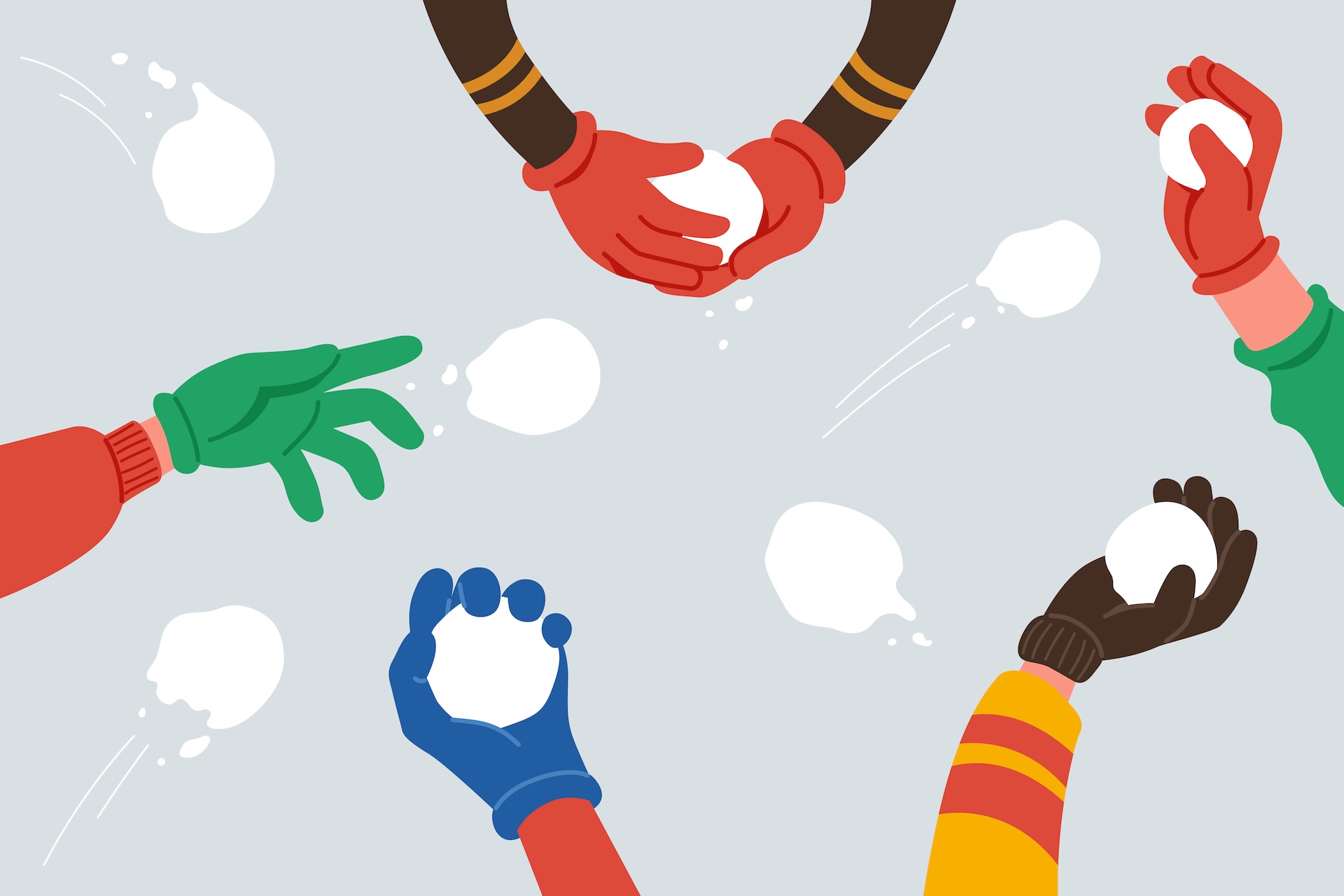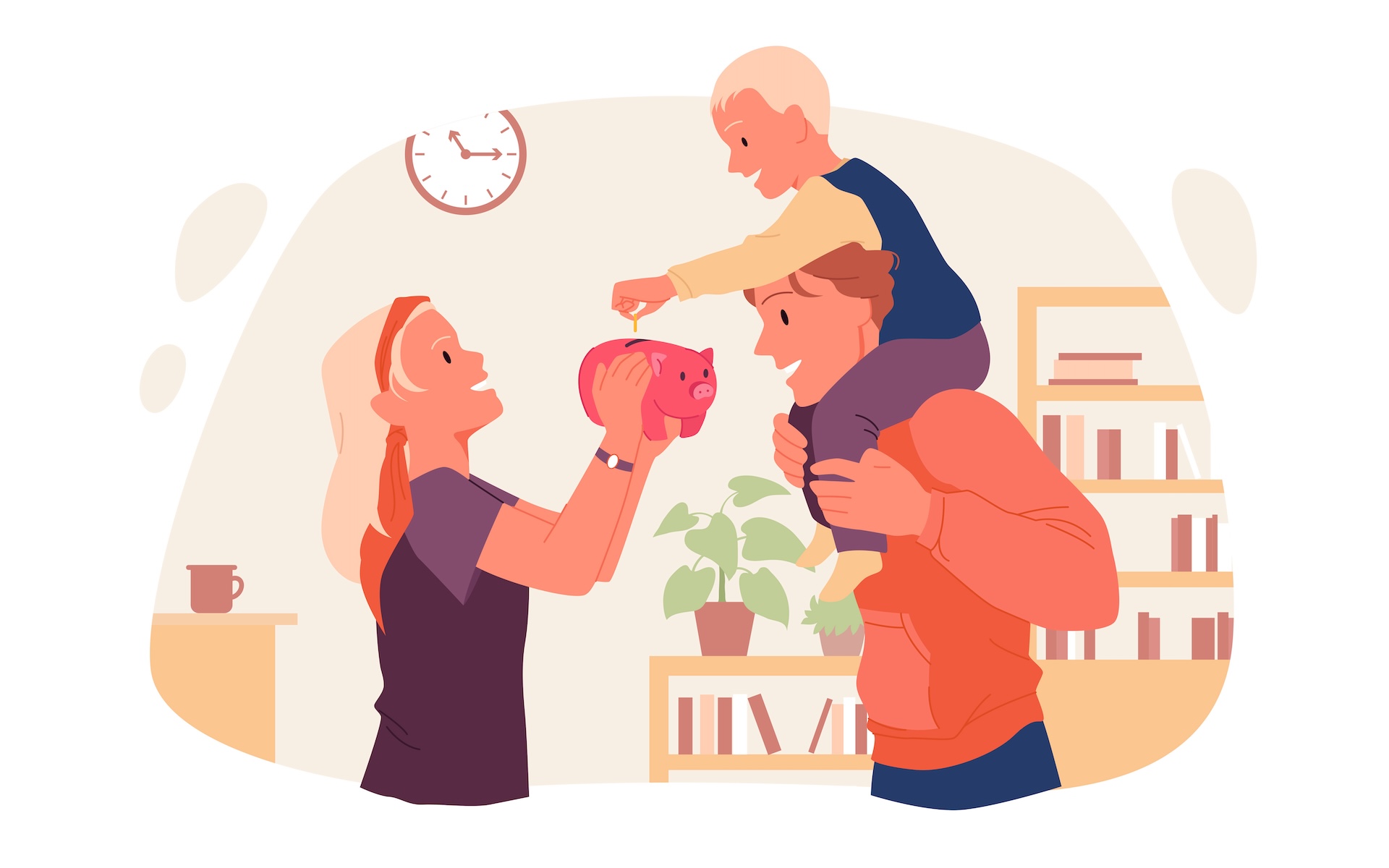Social distancing. Regular handwashing. Sanitising. While we, as adults, still find it hard to get used to the new way of life, we can hardly blame the little ones for their occasional missteps. But unfortunately, we are at a point where even minor breaches can end up being much more than a red-faced moment for the parents.
Here is a look at some steps to go through with children as we get them ready for the new norms at nursery.
Wash, wash, wash your hands
Regular handwashing is one thing that doesn't come easily to the fidgety tots. For them, it's either an hour of soapy-mess at the sink or none at all. There's rarely a middle path.
If you have to convince them to turn the entire handwashing ritual into a purposeful routine, make sure you have some compelling answers for the barrage of questions that’s likely to come your way.
Why handwashing?
Young children are visual learners. They often need a clear visual to grasp new concepts. And if there is an invisible virus in the picture - it becomes all the more difficult to get the story across.
Simulating the spread with something like glitter is one way to put things in perspective and help them understand how it all works.
You can start by placing a small amount of glitter on their hands and let them rub it all over the fronts and backs of their hands. Explain the glitter is like a virus that can get on their skin.
Let them touch different objects to see how the glitter - and viruses - spread. They can then wash their hands and see how the glitter washes away. This lesson should help them see the connection and give them a little nudge every time they run at the sight of the washbasin.
Getting the steps right
Once your kids are on board with washing their hands, it's time to teach them how to do it correctly. Before they decide to squirt some soap on their hands, rinse it off quickly, and go about their way, remind them this method wasn't enough to get rid of the glitter, and it's not enough to get rid of viruses either.
Get them to take it step-by-step:
- Wet hands with warm water.
- Apply soap and wash hands while singing "Happy Birthday" twice. Remember to clean the fronts and backs of hands and between fingers.
- Rinse with warm water until all soap is gone.
- Dry with paper towels.
Remind them this is the way to go every single time they wash their hands. But remember to be patient. It might take a good few practice sessions before they get their head around it.
When to wash their hands
Now comes the ‘when’ part. Remind them the times they will have to wash their hands:
- Before eating
- After using the toilet
- After blowing their noses, coughing, or sneezing if they use their hands to cover their mouths or noses
- After touching animals or garbage
- After coming in from outside
Keeping their little hands to themselves
A good feel of the staircase rail, a close examination of the squashed bottle on the way to school – touching the things around them is one of the ways children explore the world. However, the onus is on now, as parents and teachers to make them understand not to touch everything, especially while out in public.
You do not, of course, want to scare the children from stepping out and experiencing the world around them. But make sure you remind them gently to keep their hands to themselves when you are in public spaces. Help them understand that they must only touch the things they need or plan to use.
The social distancing reminder
We hate the constant reminder of the 2m rule. And the little ones, unsurprisingly, even more. But as that is the only way forward, at least for the near future, there isn’t much of an option but to get the children to understand why it’s important to maintain a distance.
Start by telling children why they must not touch others or let others touch them. Remind them that it can help stop the virus from spreading.
It might not go down well initially. But these feelings are natural and understandable. Offer comfort and make sure they understand that they will not have to follow these guidelines forever. You can also try to come up with some fun ways to play with their friends that do not involve touching.
And, slowly, but surely, they will get used to the new way of being around friends.
Our guest contributor, Ava Adam also writes for Little Bundle covering parenting, nutrition, and healthcare. She enjoys helping parents create lasting bonds with their children and is a mother to two young boys herself.
You might also like:
How can Cheqdin make return-to-school easier in 2020 >View Article
Ways to regulate the spread of infections in childcare centres >View Article
















Recent Comments